Rare form: the next step for The Last Drop Distillers
As the distillery prepares for a changing of the guard, we chat with the team about what makes a great whisky
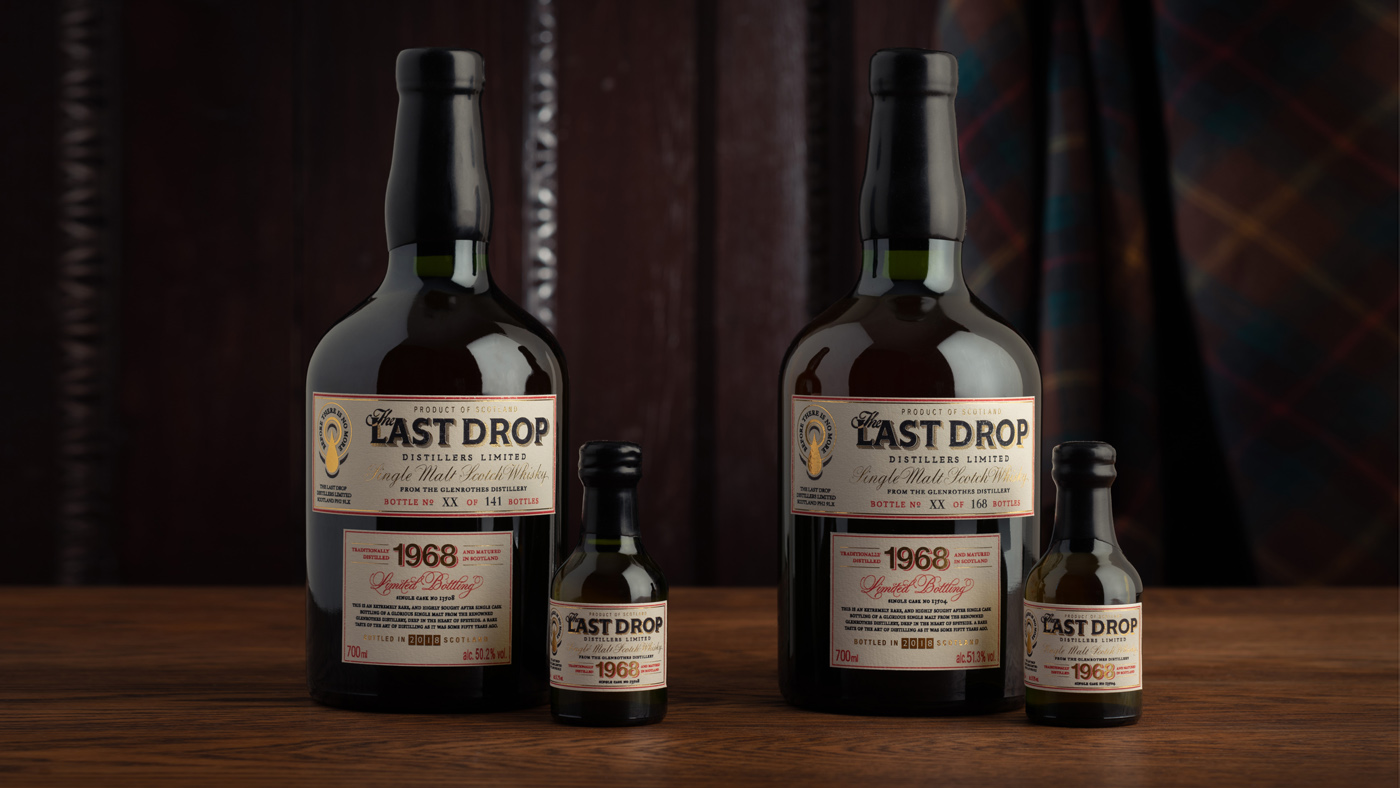
The founders of The Last Drop, Tom Jago and James Espey, have between them created some of the world’s most well-known spirits brands: Johnnie Walker Blue Label, Chivas Regal 18 Year Old, The Classic Malts, and with Malibu and Baileys Irish Cream, two entirely new drinks categories.
Ten years ago, rather than retiring, the pair decided to turn their attention to a new project and created one last brand: The Last Drop Distillers. Their goal was to find and bottle the world’s best and rarest spirits.
Now, as Jago and Espey prepare to hand over their company to the next generation, The Week Portfolio caught up with them, as well as Jago’s daughter Rebecca who will take over the company alongside Beanie Espey, to discuss the past and the future of the spirits industry.
The Week
Escape your echo chamber. Get the facts behind the news, plus analysis from multiple perspectives.

Sign up for The Week's Free Newsletters
From our morning news briefing to a weekly Good News Newsletter, get the best of The Week delivered directly to your inbox.
From our morning news briefing to a weekly Good News Newsletter, get the best of The Week delivered directly to your inbox.
Tom, as you prepare for a changing of the guard at The Last Drop, how would you say the drinks industry has changed over the course of your career to date?
Tom: It is impossible to overstate how much the drinks industry has changed since I joined as a young man of 28 in the 1950s. When I joined International Distillers & Vintners, the drinks industry was a little like a club, where everyone knew everyone else, and business was almost incidental to long lunches with friends.
I honestly believe that James Espey, when he came over to IDV from South Africa, was one of a number of individuals who really changed the face of the drinks industry and made it much more like it is today: a hugely important, thriving industry which reaches all corners of society and creates drinks for all members of society.
Without James at IDV, and Colin Campbell at Hennessy, I’m not quite sure how things would look today. However, this is not to say that the “old school” approach was without its charms, and I’m sure that I would never have had the freedom and flexibility to think without pressure in today’s target-led market. Baileys, for example, was the result of imagination, lateral thinking, teamwork and commercial necessity.
A free daily email with the biggest news stories of the day – and the best features from TheWeek.com
And Rebecca, as you get ready to take the helm alongside Beanie, how do you expect the industry to change over the course of your own careers?
Rebecca: In many ways, we can see a return to a more craft-like approach to the industry: there is space for companies like The Last Drop to thrive, in among the giant players. So, there is a certain amount of polarisation between the giants, and the tiny family-run businesses. But we’ve seen a proliferation of small craft businesses succeeding: many, many new gin distilleries, craft beer, tequila and others.
It’s likely that many of these small businesses will be acquired by the big players, as happened to The Last Drop (we were acquired by Sazerac in 2016) and Sipsmiths who were acquired by Beam Suntory, also in 2016. However, I believe that the giants have recognised that there is a demand for and an appreciation of the small business approach, so I hope that they will continue to give their babies room to develop along non-traditional lines.
Rebecca, whisky has historically been a very male dominated world. Do you feel your company is representative of a broader shift to having more women at the top, or is there still a way to go across the sector generally?
Rebecca: There are definitely more women in the world of whisky than people are necessarily aware of: for example, Rachel Barrie is doing incredible things, at Glenmorangie, Morrison Bowmore and now looking after the Scotch Whisky distilleries and their products for Brown Forman.
And Allison Parc has gone one step further and created her own French Single Malt Whisky, grown out of passion for the spirits industry. If we look at the world of wine, it’s easy to see that women can be extremely successful in the drinks industry, so I see no reason why women shouldn’t shine in the world of whisky, as they can in any arena.
What, in The Last Drop’s view, makes rare whisky interesting?
Rebecca: There are so many different elements! If you are a whisky aficionado, then drinking a long-forgotten dram from a closed distillery, or an exceptional old blend, is the chance to experience something from the past: a moment in time which can never be repeated.
And that is very much the philosophy behind what we do at The Last Drop: when James and Tom started the business, their aim was to bring exceptional, old spirits to people who might not have had an opportunity to taste something so rare and special before. A rare whisky – as long as it is delicious – is a window into the past, a glimpse of the distiller’s or the blender’s art, and a magical moment to be savoured and remembered.
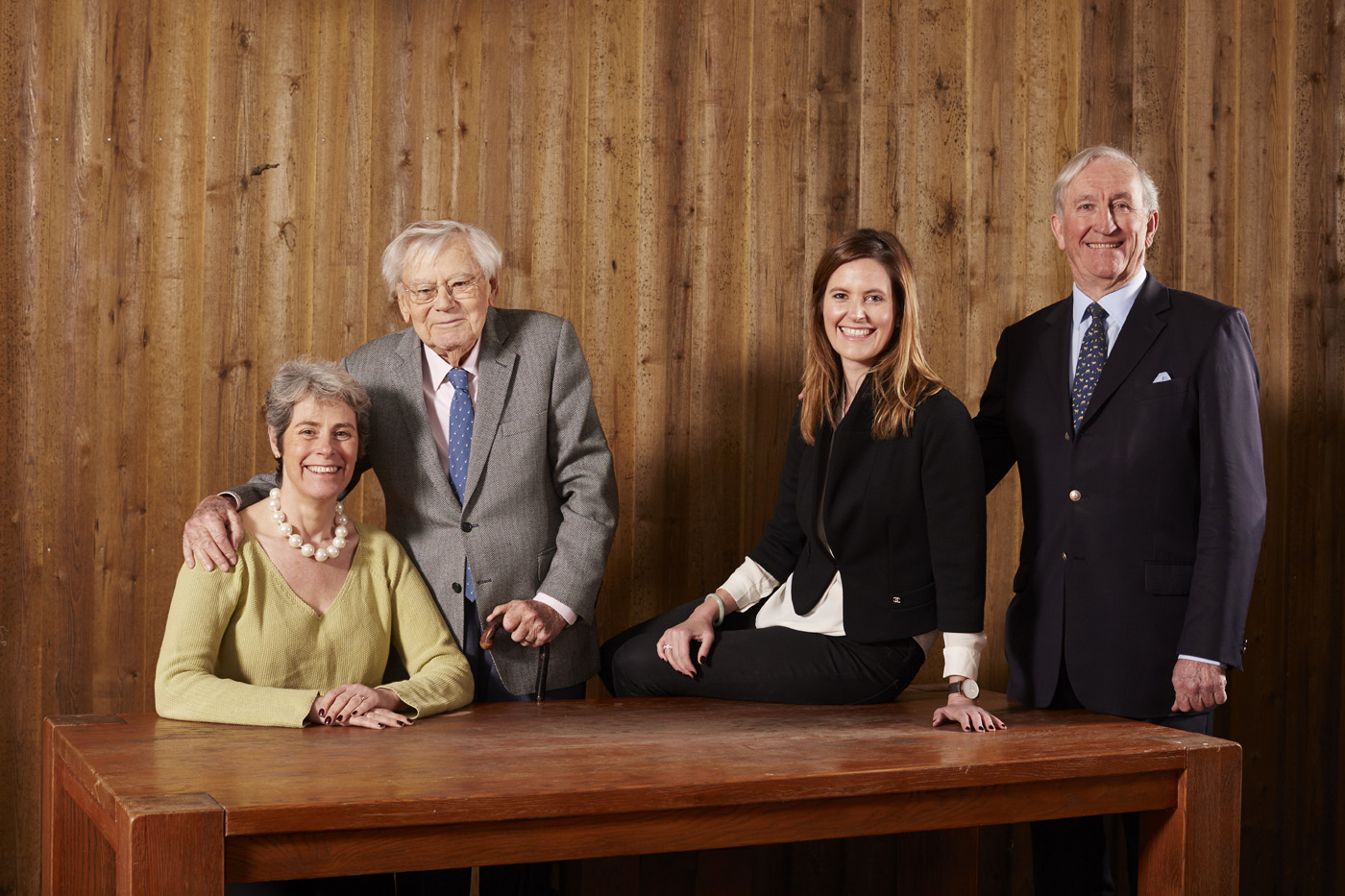
Two generations of The Last Drop: Rebecca Jago, Tom Jago, Beanie Espey and James Espey
And what, in your view, is the difference between a good whisky and an exceptional one?
Rebecca: A good whisky should be a pleasure to drink, and be a harmonious, delicious dram to savour. An exceptional whisky should – in the view of the team at The Last Drop – be all that and much more: our four criteria for any spirit we release are that it should be old, rare, fresh and delicious.
But it should also speak of its past, of the thought and effort that went into making it and storing it, and of the years spent slowly maturing in oak, perhaps in some long-forgotten corner of a cellar somewhere. An exceptional whisky – or any spirit – should enhance that moment of one’s life and be a dram to remember, to revisit and to share with others.
Should rare whiskies be banked or drunk? And if someone is thinking about using whisky as an investment, what should they be looking to invest in?
Rebecca: At The Last Drop, we are of the belief that fine, rare whiskies should be shared and enjoyed with family and friends and should be a celebration: and that is how we talk about The Last Drop collection. Our customers are our friends, and we would only sell them spirits that we genuinely believe are the best they can possibly be. There is undoubtedly a burgeoning whisky investment market, and many people have done extremely well out of it, just as others have had their fingers burned.
However, at The Last Drop, we do not promote our releases as investments, because we want to celebrate the wonderful spirits we bottle, and they cannot be appreciated without drinking them. It’s very easy to find examples of good investments in whisky, as in so many other markets, but we are not in the business of making recommendations!
James and Tom, you both worked on and created hugely well-known brands such as Johnnie Walker, Chivas Regal and Baileys. The Last Drop meanwhile, is something rather different and more exclusive. Which side of the industry have you enjoyed working on more – the boutique or the mainstream?
James: I very much enjoyed my time learning from and working for the big boys, especially with my dear friend Tom. We always took a long-term view – it takes at least ten years to build a serious liquor brand and, as you can see from our past achievements, we have done quite well!
In our day we were not pressurised by short term profit requirements. Personally speaking, however, building The Last Drop into the world’s most exclusive spirits collection has given me the most satisfaction in my entire career, and today it is proudly part of Sazerac Inc, the dynamic US spirits company.
Tom: I feel very privileged to have spent almost my entire career – well over fifty years now – working in the most wonderful industry and with the most wonderful people. I met Ben Howkins in the 1960s, and James less than a decade after that. I’ve worked with brilliant people and for brilliant companies, and together with James we have had opportunities to develop ideas and brands that could never have come to life without the backing of a big company.
But, I was always happiest working on incubator projects – even Baileys was once just that – and in The Last Drop we have seen our tiny baby grow into something still quite small but successful beyond anything we might have imagined back in the early days.
Speaking of Baileys, if you were to launch a new drink today, what would it be?
Tom: My days of launching new products are probably behind me now, but I’m still full of ideas, although it’s harder and harder to come up with something that hasn’t been done before. However, I do take an enormous amount of pleasure in meeting and talking to the younger generation who are taking on the mantel of new product development and new launches.
I had the pleasure of meeting Will Turnage, who has launched Hawthorn’s Gin, and giving him the “benefit” of my experience, and the same goes for Beanie Geraedts-Espey, James’ daughter (and Rebecca’s co-MD at The Last Drop), who is in the middle of launching a new sherry brand, Xeco. I also have immense respect for the man behind Seedlip, Ben Branson – I think Seedlip is a stroke of genius and a great recognition of the times we live in.
Is there room in your personal drinks cabinets for Japanese, American or Australian whiskies? Or indeed any other nationalities? If so, which non-Scottish whiskies do you enjoy the most?
James: Whisky is the most amazing spirit of all with character, depth and flavour, subject to it being matured properly in good wood. Scotch whisky to me is the bedrock – particularly a fine, mature blend - but there is room for all, and I have immense admiration for how distillers all over the world are creating fantastic whiskies with their own characteristics and flavour profiles, from Japan to New Zealand, from India to South Africa.
Bourbon and other American Whiskeys are of course at the heart of the Sazerac company, and we are very proud to be part of the same stable as Buffalo Trace and Pappy Van Winkle, among others.
Tom: It has to be said that I am a lifelong aficionado of Scotch, and one of my proudest moments was when Rebecca and Beanie presented me with the first bottle of Tom’s Blend, an 18-year-old blended Scotch that they had specially blended for The Last Drop to use at events.
They named it after me, which was a huge compliment, and I’m delighted to say they’ve promised me a lifetime supply (mind you, I am 93 now)! I am very happy to drink other whiskies and other spirits but my first and last choice will always be Scotch.
Rebecca: I am probably the ficklest of us: I love to drink whisky, gin, cognac and much else besides. So yes, my drinks cupboard will always be an eclectic and regularly changing one.
A question for all three of you - in your many combined years of enjoying whisky, which is the single dram you remember relishing the most?
Tom & James: For us both it has to be our first release: the 1960 Blended Scotch Whisky.
Tom: I remember so vividly the first taste, straight from the cask, and realising that - after a hunt that had taken us all over Scotland and had us tasting hundreds of whiskies – we had found our treasure.
I remember the taste, the recognition that here was a perfect blend of fine spirit and fine wood which resulted in a whisky like no other either of us has ever tasted. It set the benchmark for what we continue to do and is something we are all extremely proud of.
James: I would echo all that Tom has said above: he and I spent many days travelling round Scotland and talking to all our old contacts in the Scotch industry. What we found is still quite remarkable, and without it, The Last Drop would never have come into being.
Rebecca: For me, it was the day I tasted the 1967 Glen Garioch Single Malt Scotch Whisky: our fifth release, and the second after Beanie and I took over running the business. I was in Scotland visiting my daughter who was at university in Edinburgh, and we heard that there might be a cask of old Glen Garioch for sale.
We drove through the beautiful scenery of the highlands until we reached Glen Garioch, where we tasted what was left in the barrel (only enough for 118 bottles), straight from the cask. Standing there, at the distillery where the whisky was made, nearly 50 years before, with the wind blowing in off the north sea, and the tang of salt in the air, I was in heaven.
What is next for The Last Drop?
Rebecca: Since our acquisition in 2016 by Sazerac, we have been in the fortunate position of being able to acquire stocks to lay down for future releases. This was never the case in the early days, when James and Tom were doing everything themselves, and it means that the future of The Last Drop is much more secure.
In May 2018, we held a month long “pop up” Atelier in London’s Piccadilly Arcade, where we fitted out a shop in the style that we imagine for a future TLD home. We hope to do more exciting, unique events as we continue with our quest to uncover hidden gems from around the world and bring them to a small but growing audience.
Tom: This year we have broken new ground with the release of our Centenario Duo of Tawny Ports from 1870 and 1970, which have been universally acclaimed. Whatever comes next will be exceptional, and I am totally confident that the ladies at the helm will ensure it meets the exacting standards with which we founded the company!
James: We are proud to have been acquired by Sazerac, who see The Last Drop as the star at the top of their portfolio of brands. They are investing heavily in the future and indeed our next release will be an extremely limited release of a 1982 Bourbon whiskey, 1982 being the year of my daughter, Beanie’s birth (a happy coincidence). Beyond that, watch this space!
For more, visit Lastdropdistillers.com
Arion McNicoll is a freelance writer at The Week Digital and was previously the UK website’s editor. He has also held senior editorial roles at CNN, The Times and The Sunday Times. Along with his writing work, he co-hosts “Today in History with The Retrospectors”, Rethink Audio’s flagship daily podcast, and is a regular panellist (and occasional stand-in host) on “The Week Unwrapped”. He is also a judge for The Publisher Podcast Awards.
-
 The rise of Japanese whisky
The rise of Japanese whiskyThe Week Recommends Japanese distillers are giving Scotch a run for its money
-
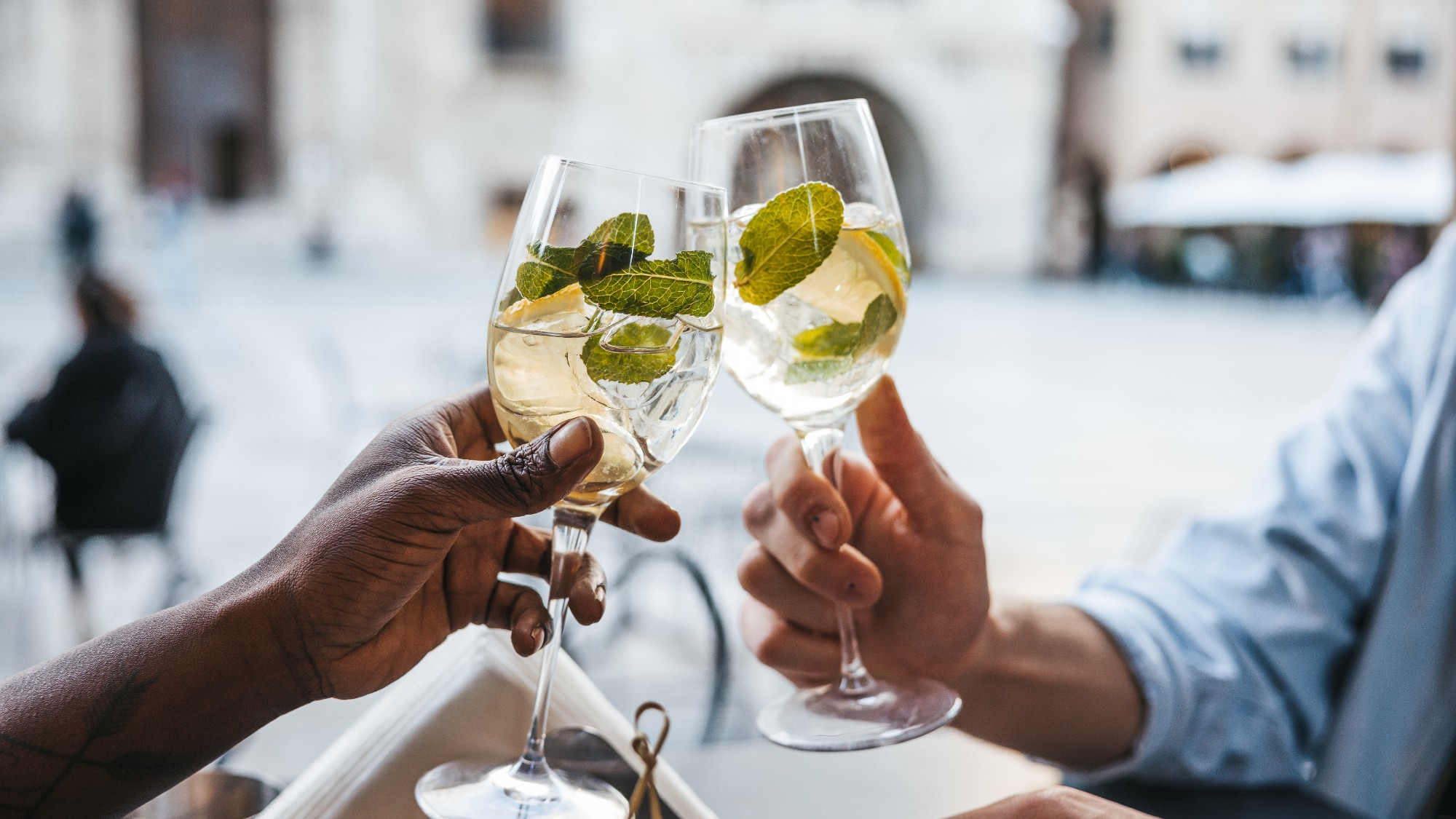 7 bright cocktails to usher in spring
7 bright cocktails to usher in springThe Week Recommends The brisk months require a certain kind of drinking
-
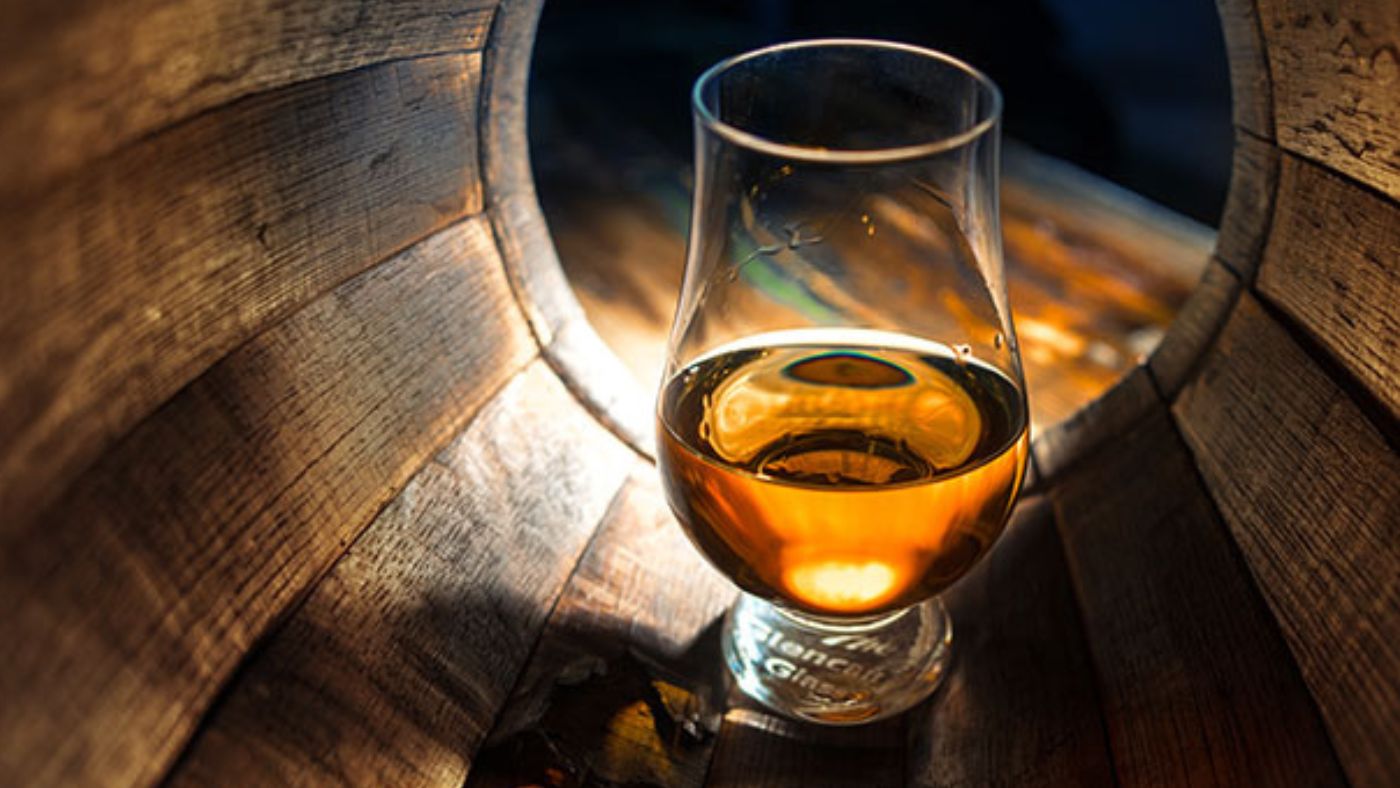 A whisky tour of Scotland: best whisky experiences and distilleries
A whisky tour of Scotland: best whisky experiences and distilleriesThe Week Recommends Take in the sights along with a dram or two in the ‘home’ of whisky
-
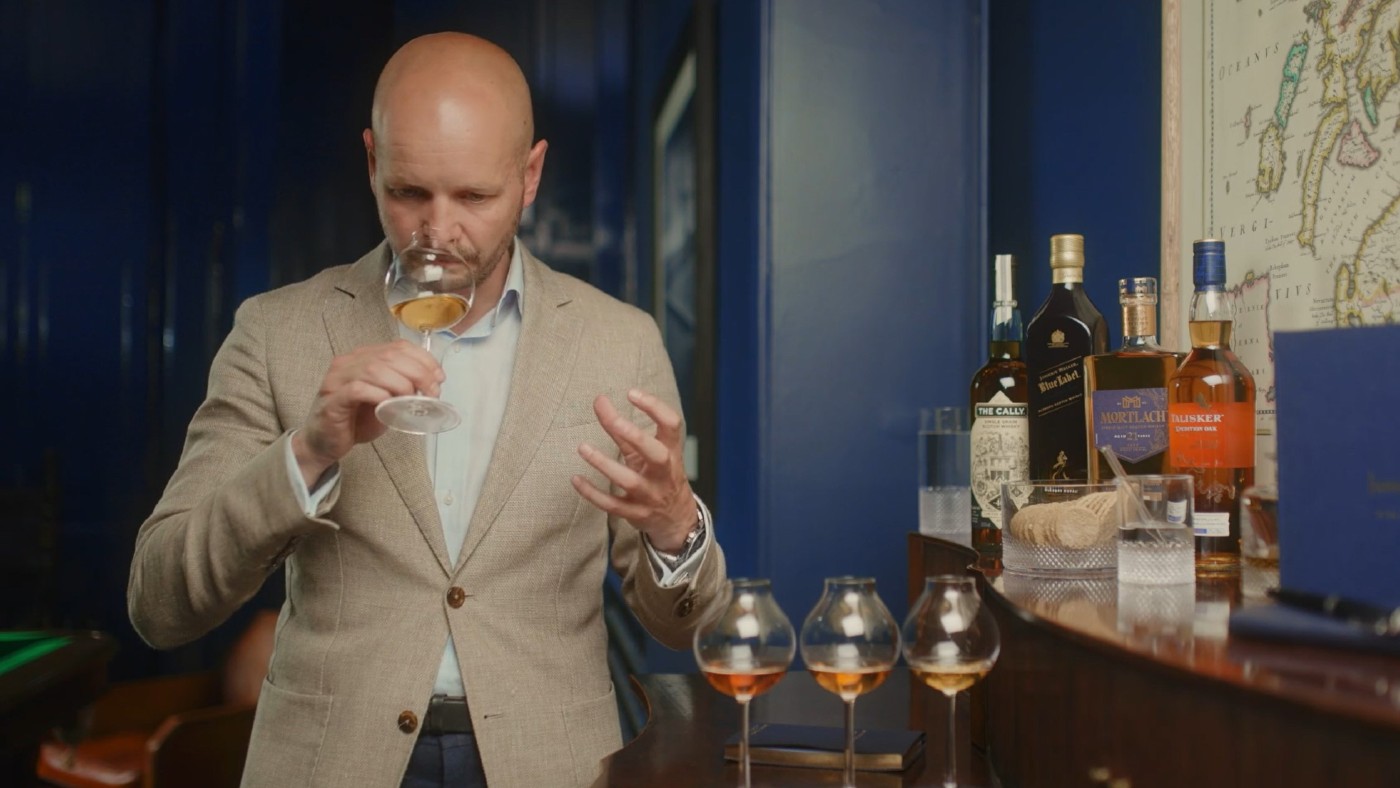 Review: The Art of Collecting Rare Whisky by Justerini & Brooks
Review: The Art of Collecting Rare Whisky by Justerini & BrooksThe Week Recommends Learn how to start your own rare whisky collection with this interactive virtual masterclass
-
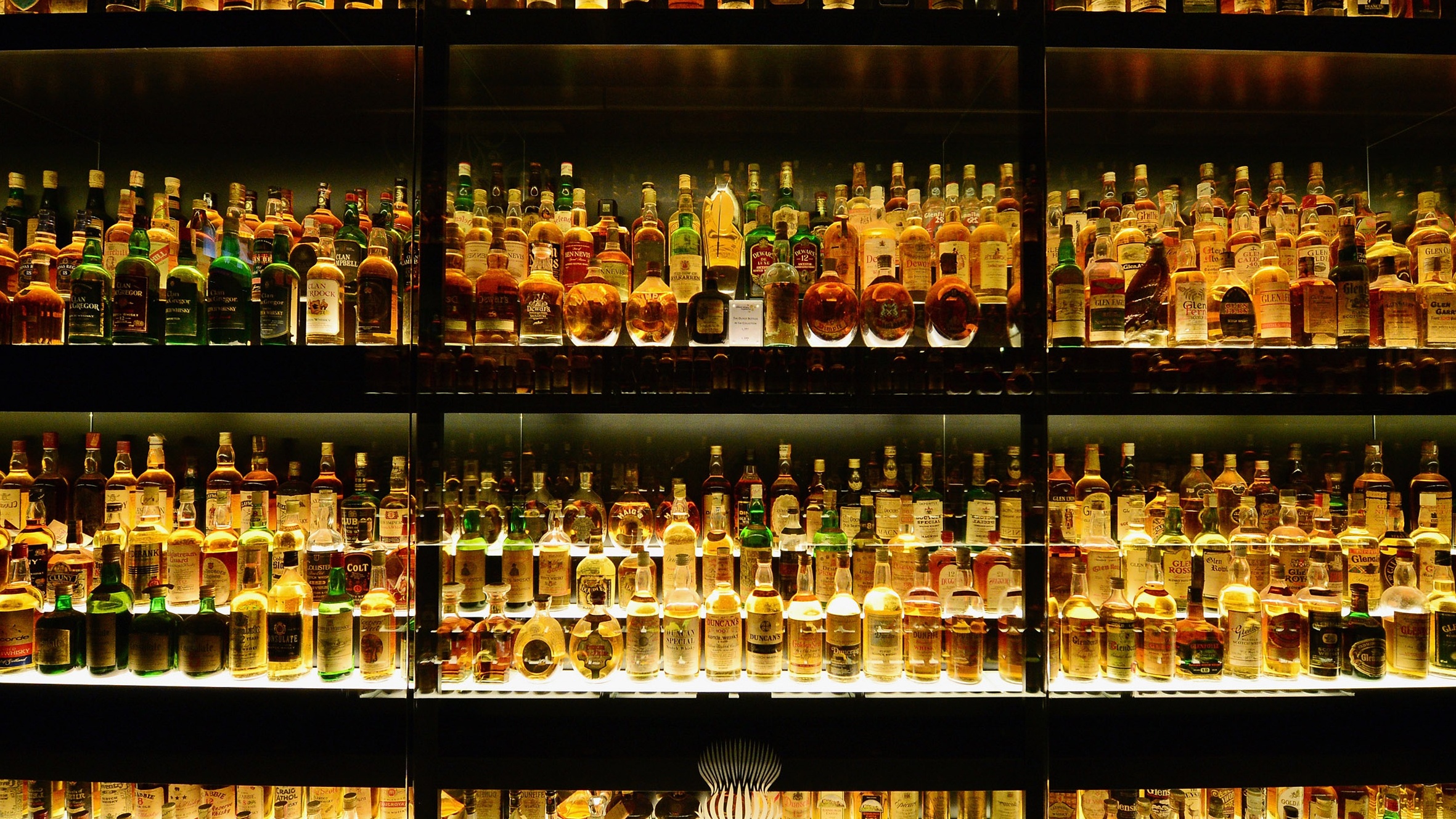 Whiskies tried and tasted: a world tour of whisky
Whiskies tried and tasted: a world tour of whiskyThe Week Recommends Go on a global whisky tour – from Scotland and the US to Ireland and Australia
-
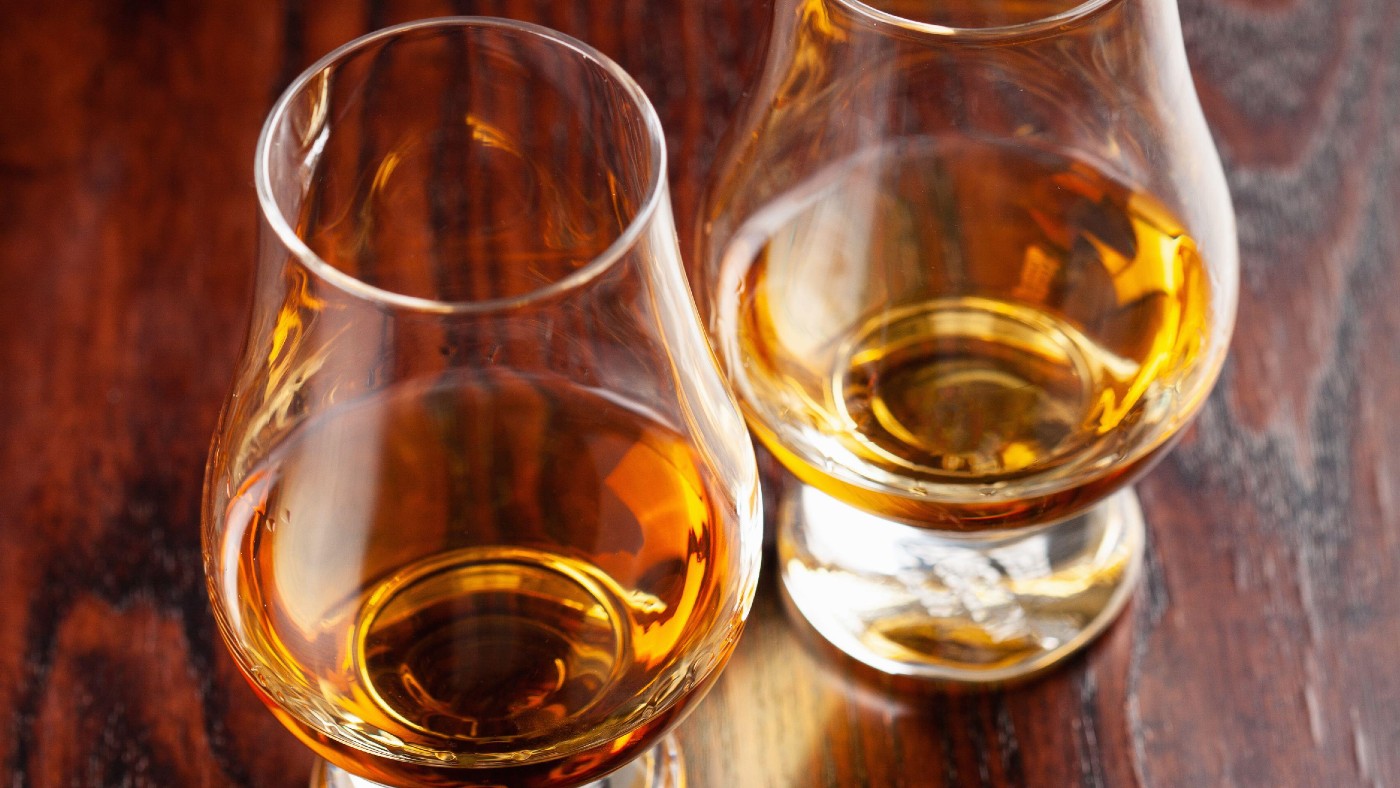 Making money from ‘liquid gold’: investing in whisky
Making money from ‘liquid gold’: investing in whiskyfeature Rapidly-expanding whisky investment market has seen ‘dramatic gains’
-
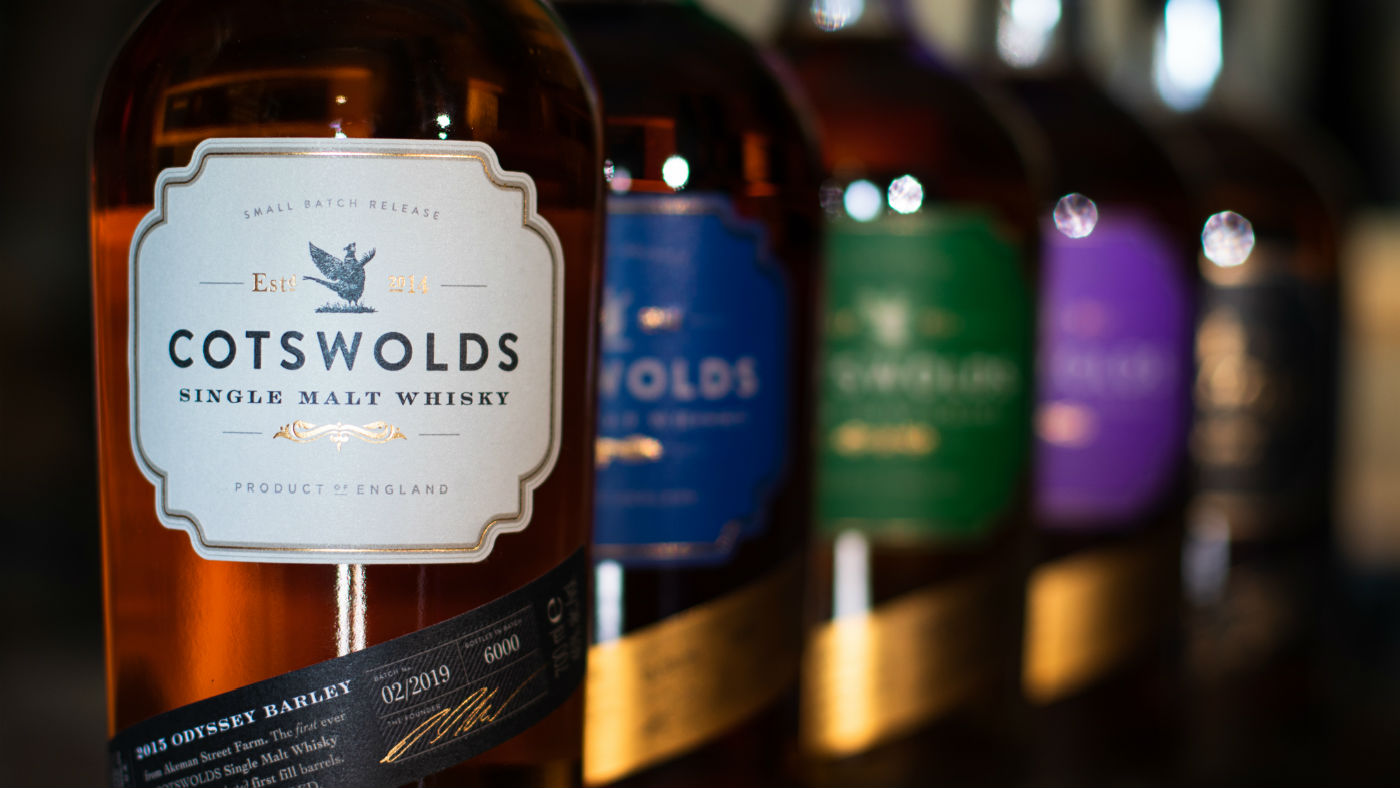 A beginner's guide to buying whisky for Christmas
A beginner's guide to buying whisky for ChristmasThe Week Recommends How whisky is made, various styles and top tips for drinking a dram
-
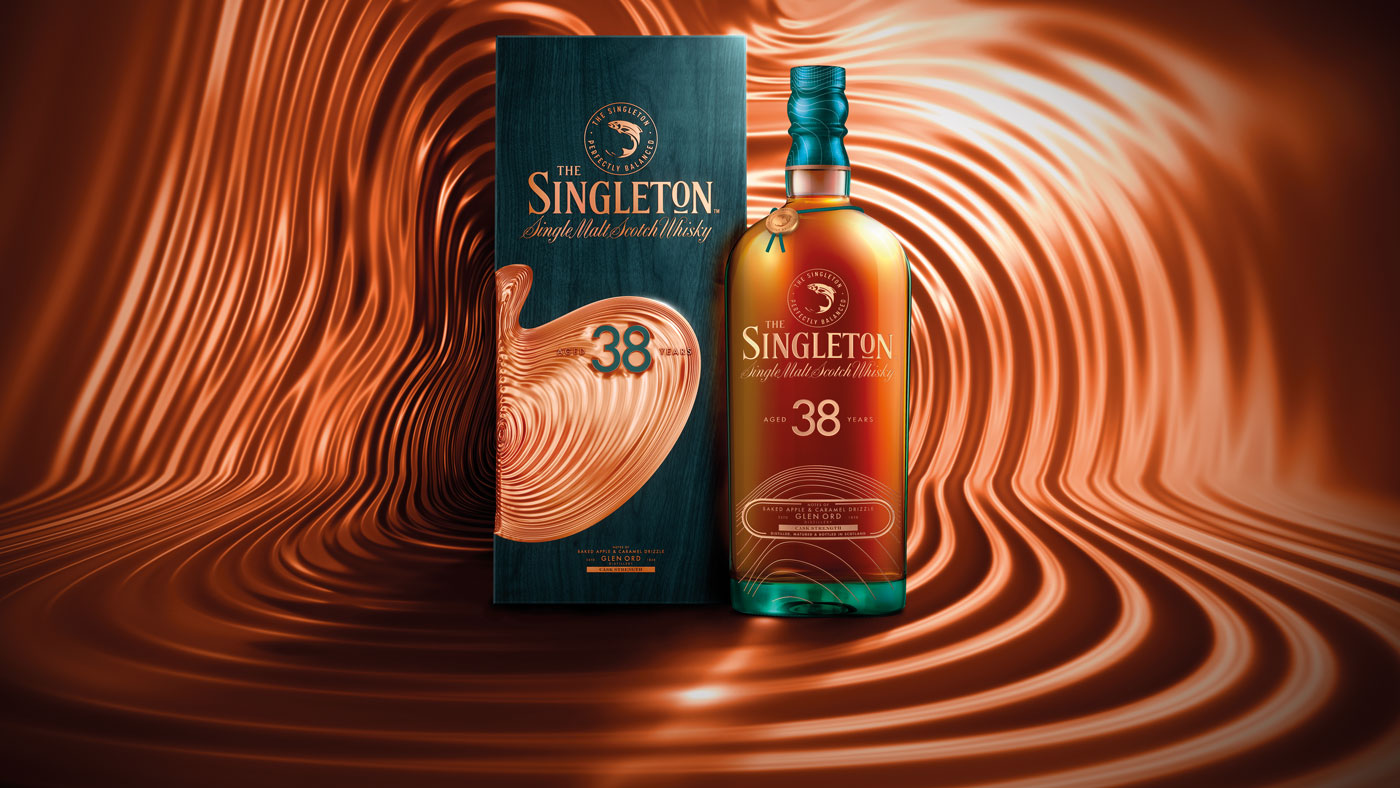 Whisky that’s worth the wait
Whisky that’s worth the waitSpeed Read A fine single malt can be experimental and still be decades in the making


